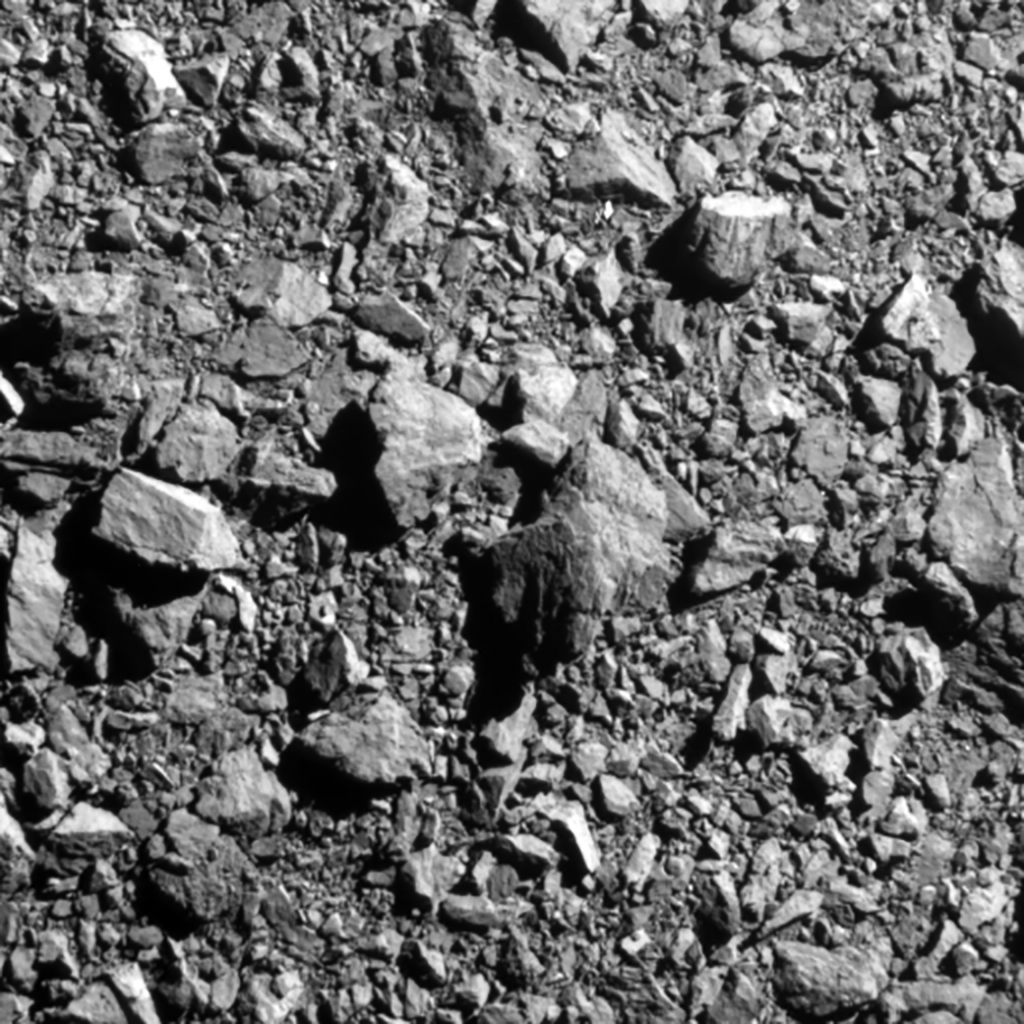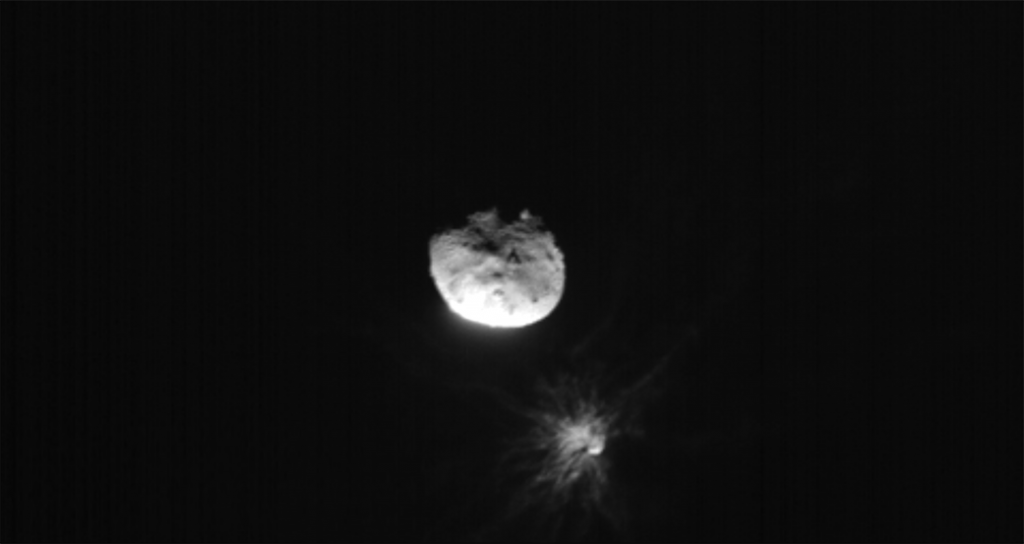A new study released today found that NASA’s Double Asteroid Redirection Test (DART) knocked the asteroid Dimorphos off its orbit, changing it by 33 minutes.
This announcement, along with three others based on research from the groundbreaking Sept. 26 mission, is published in Nature. Cristina Thomas, an assistant professor in the Department of Astronomy and Planetary Science at Northern Arizona University and lead of the DART Observations Working Group, is the study’s lead author.
The DART mission aimed to test whether humans could redirect an asteroid; though Dimorphos posed no threat to the planet, if another asteroid was on a collision course with Earth, redirecting it off its course using this method could save the planet.

Thomas’s paper takes data from the first two weeks after impact to determine the orbital period change of the system. The team used radar and lightcurve observations to determine the new orbital period, which is 33 minutes lower now. That difference suggests that ejecta from the impact contributed significant momentum to the asteroid beyond that of the DART spacecraft itself.
“This information was critical to determining the momentum enhancement—how much the asteroid was deflected by the ejected material in addition to the spacecraft impact,” Thomas said.
This data helps researchers map out what needs to take place to knock an incoming asteroid out of a collision course with Earth.
“To serve as a proof-of-concept for the kinetic impactor technique of planetary defense, DART needed to demonstrate that an asteroid could be targeted during a high-speed encounter and that the target’s orbit could be changed,” the paper reads. “DART has successfully done both.”
The DART Observations Working Group’s observations will end in March, and the DART mission will officially end in September. The next planetary defense mission will be NEO Surveyor, a discovery mission.
“There is talk of more missions in the future, and I think DART will provide a lot of extremely valuable data for understanding what we could do in the case of an asteroid threat,” Thomas said.
Top photo: ASI’s LICIACube satellite acquired this image just before its closest approach to the Dimorphos asteroid, after the Double Asteroid Redirect Test, or DART mission, purposefully made impact on Sep. 26, 2022. Didymos, Dimorphos and the plume coming off of Dimorphos after DART impact are clearly visible. Credits: ASI/NASA



